Three heating methods of high temperature reaction vessel
 Mar 28,2022
Mar 28,2022

 JCT
JCT
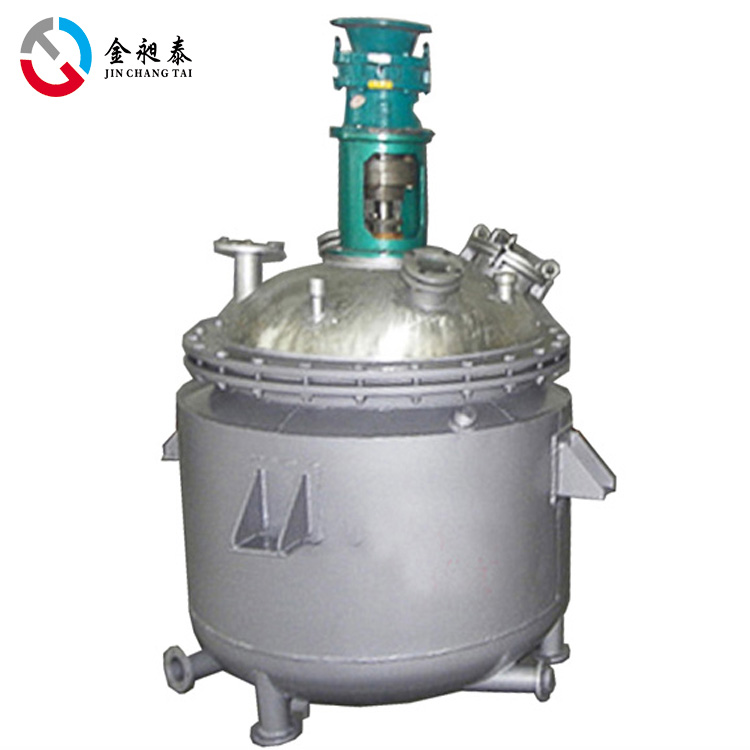
1. Water heating: It can be used when the temperature is not high. The heating system is divided into two types: open type and closed type.
Open type: simple, it consists of a circulating pump, a water tank, a pipeline and a regulator that controls the valve. When high-pressure water is used, the mechanical strength of the equipment is required to be high, and the outer surface of the reaction kettle is welded with a coiled pipe. There is a gap between the coiled pipe and the kettle wall, resulting in The thermal resistance of the reactor increases and the heat transfer effect decreases.
2. Hot steam heating: when the heating temperature of the reactor is below 100 °C, it can be heated with steam below one atmospheric pressure; saturated steam is used in the range of 100~180 °C; when the temperature of the reactor is higher, high-pressure superheated steam can be used.
3. The reaction kettle is heated by other media: if the process requires the reaction kettle to operate at high temperature, or to avoid using a high-pressure heating system, other media can be used to replace water and steam, such as mineral oil (275~300℃), Diphenyl ether mixture (boiling point 258°C), molten salt (140~540°C), liquid lead (melting point 327°C), etc.
4. Electric heating of the new type of reaction kettle: The resistance wire is wound on the insulating layer of the reaction kettle barrel, or installed on a special insulator several distances away from the reaction kettle, so there is no difference between the resistance wire and the reaction kettle body. large space gap.
Using the first three methods to obtain high temperature all need to add a jacket on the kettle body. Due to the large temperature change, the jacket and the shell of the kettle are subjected to temperature changes, resulting in temperature differential stress. Electric heating is adopted, the equipment is light and simple, and the temperature is easy to adjust. At the same time, no pumps, stoves, chimneys and other facilities are required.
JCT Machinery has specialized in reactor manufacturing since 2006.We can customize reactor professional guidance according to your requirements.If you would like to know more information about the equipment,You can contact me: Phone:+86-13929992673 whatsapp:13929992673, Mailbox: [email protected], I will answer for you in detail.


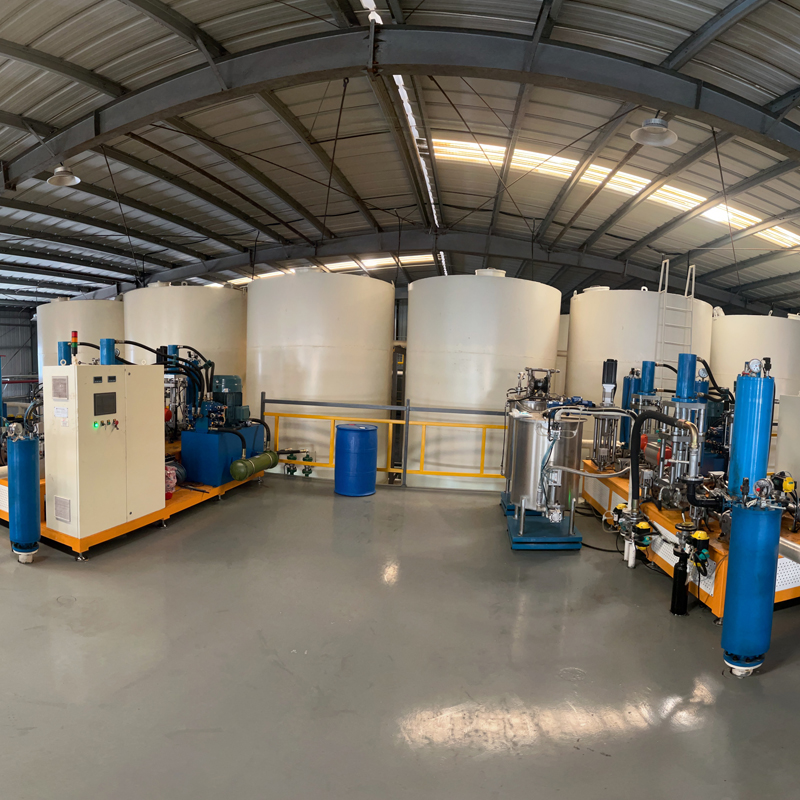
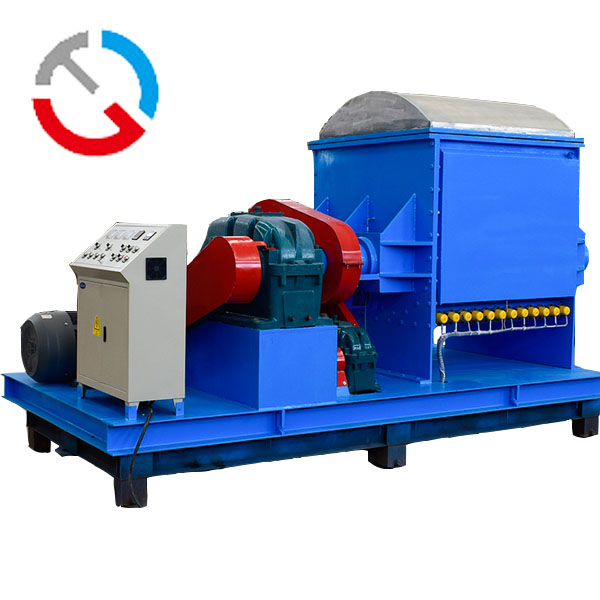
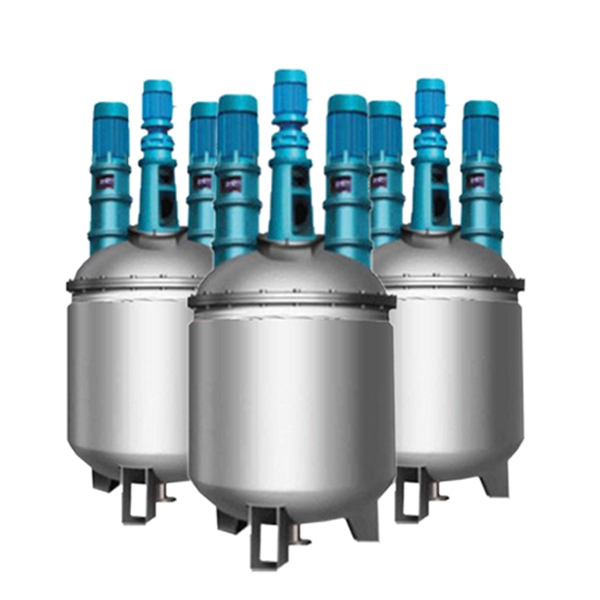
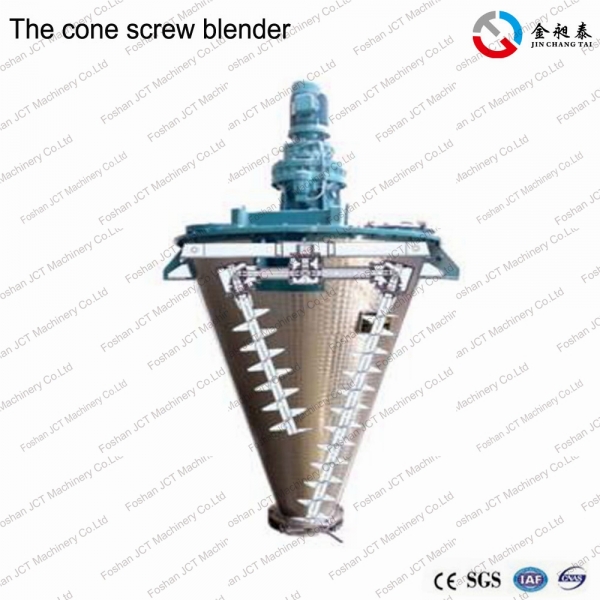
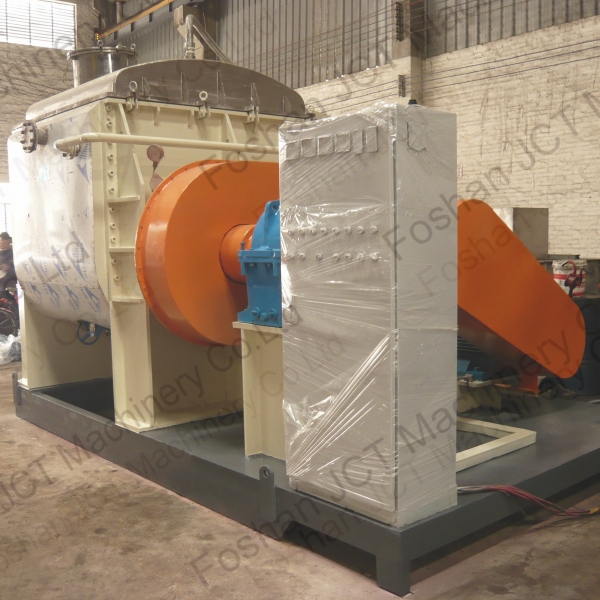
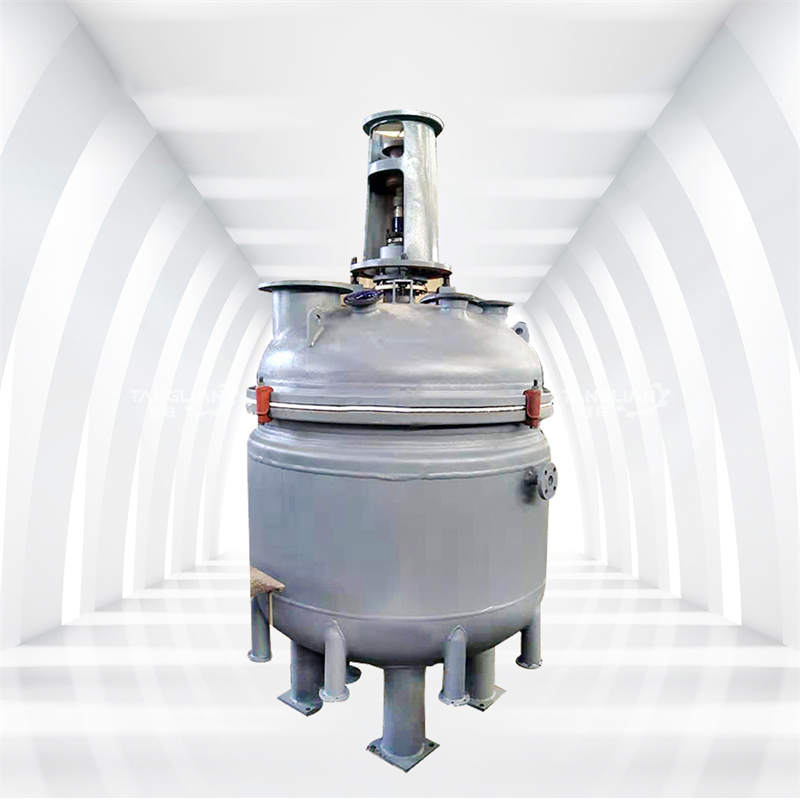
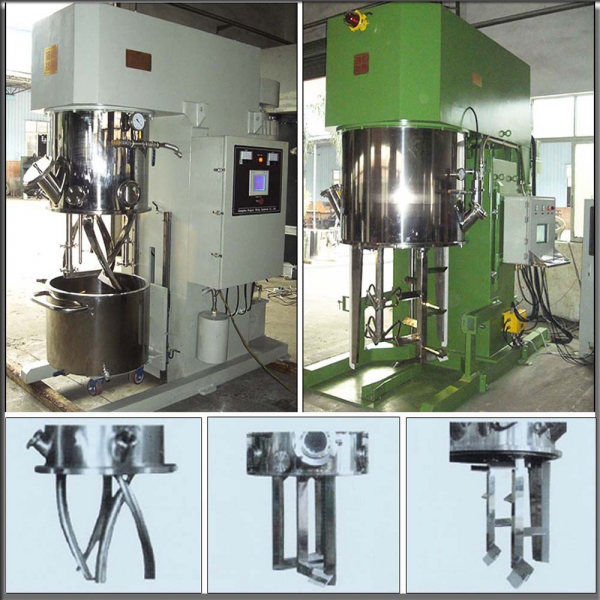


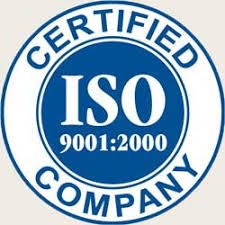


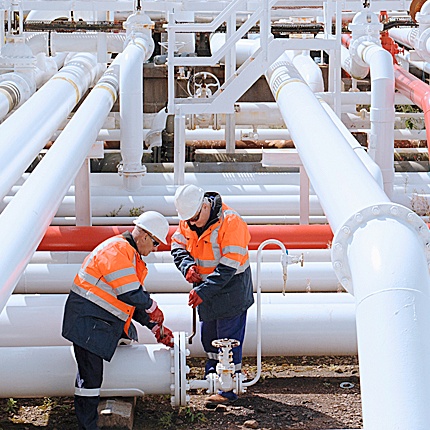
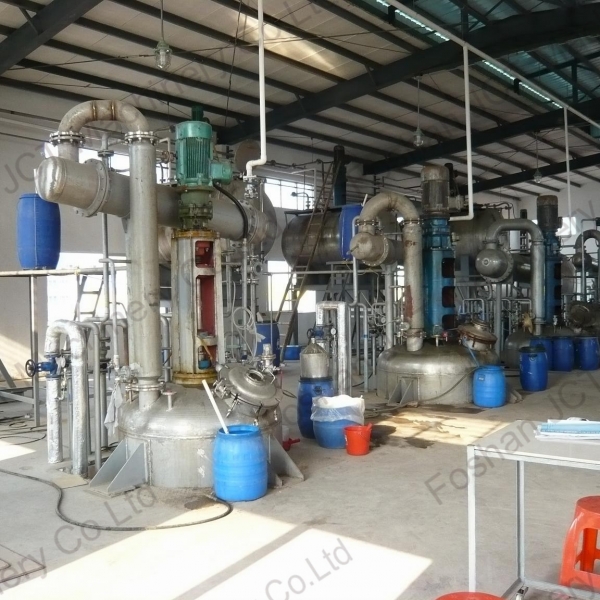
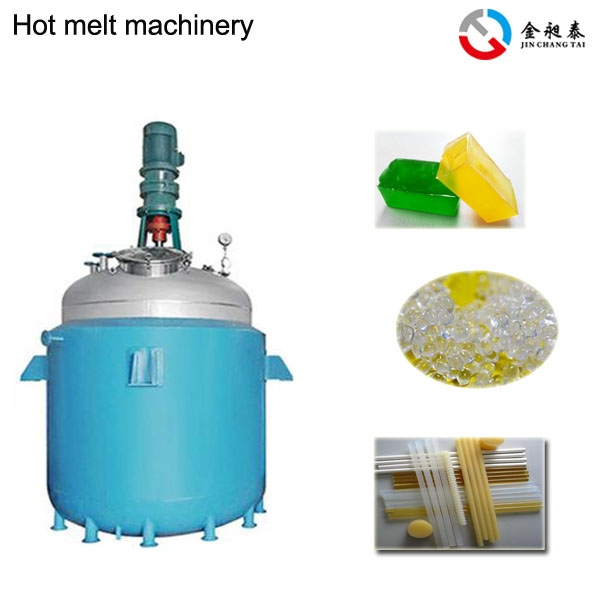
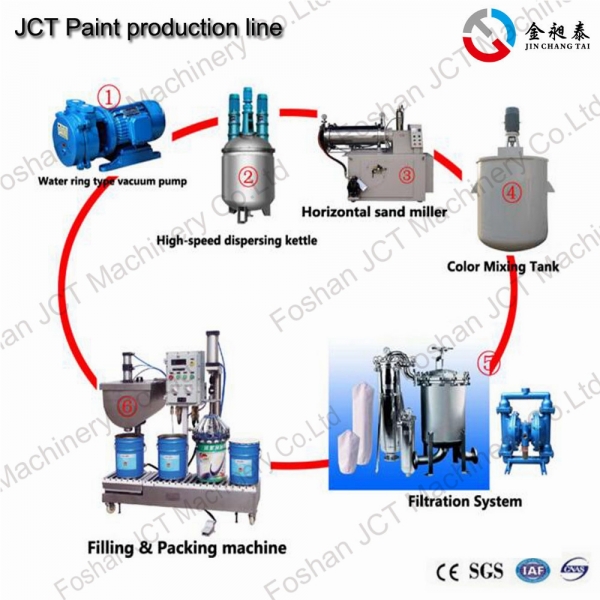
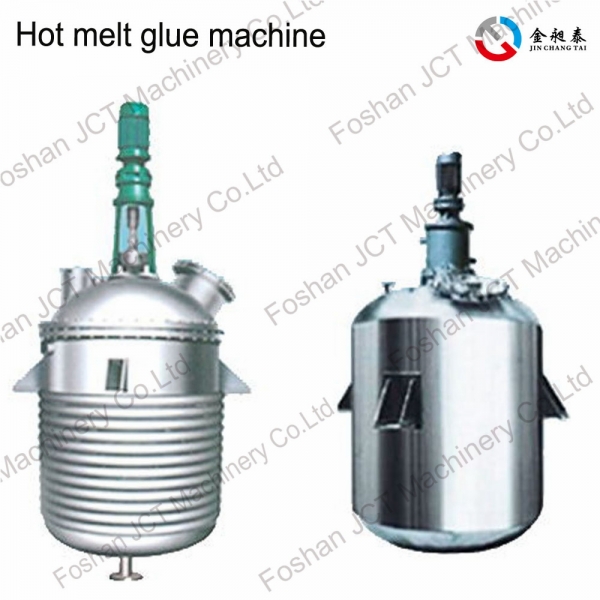
 CN
CN
 HOME
HOME Alkyd resin manufacturing process
Alkyd resin manufacturing process  You May Also Like
You May Also Like
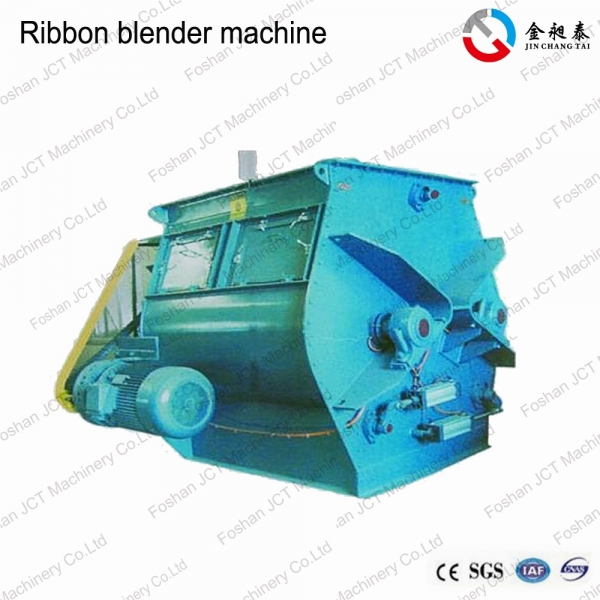

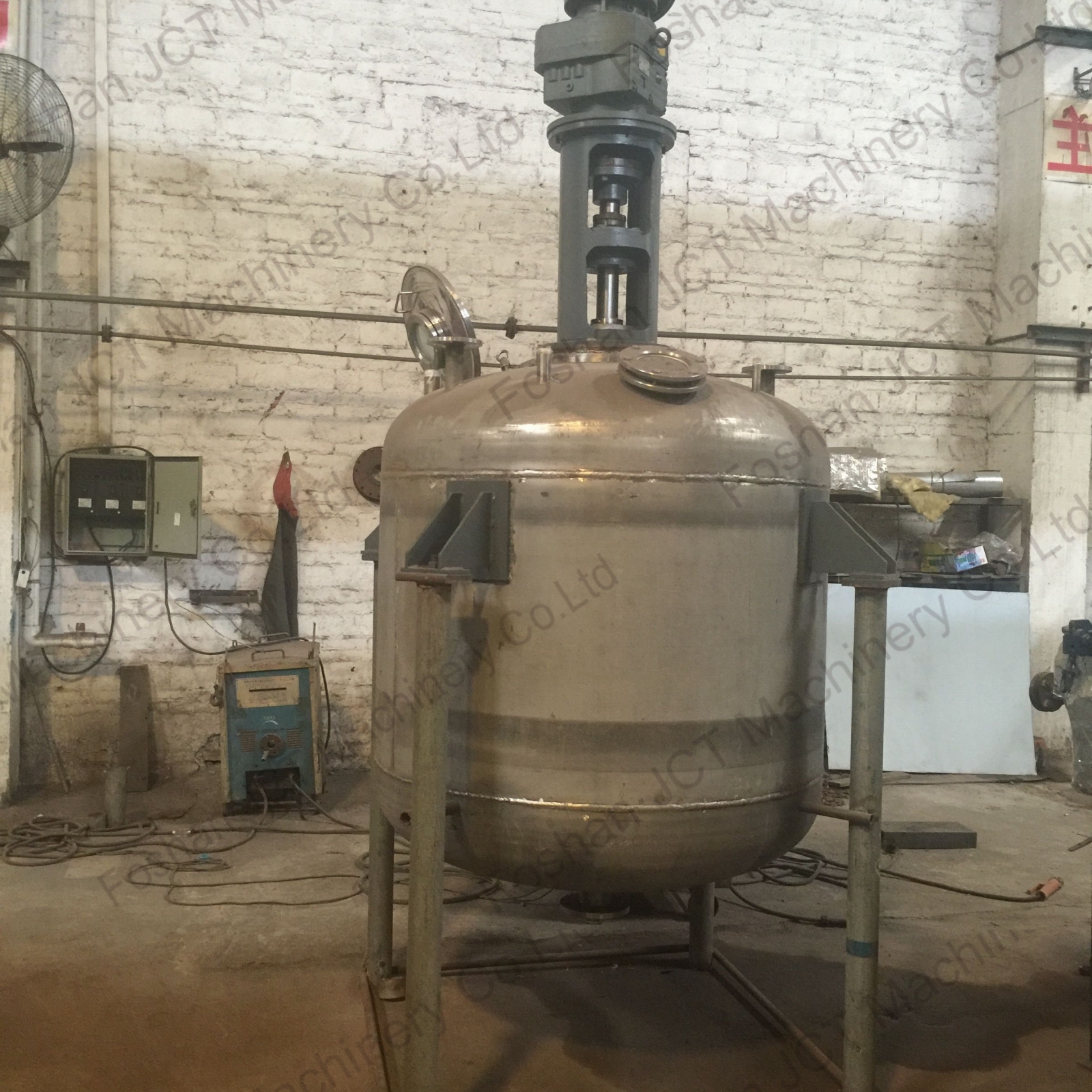
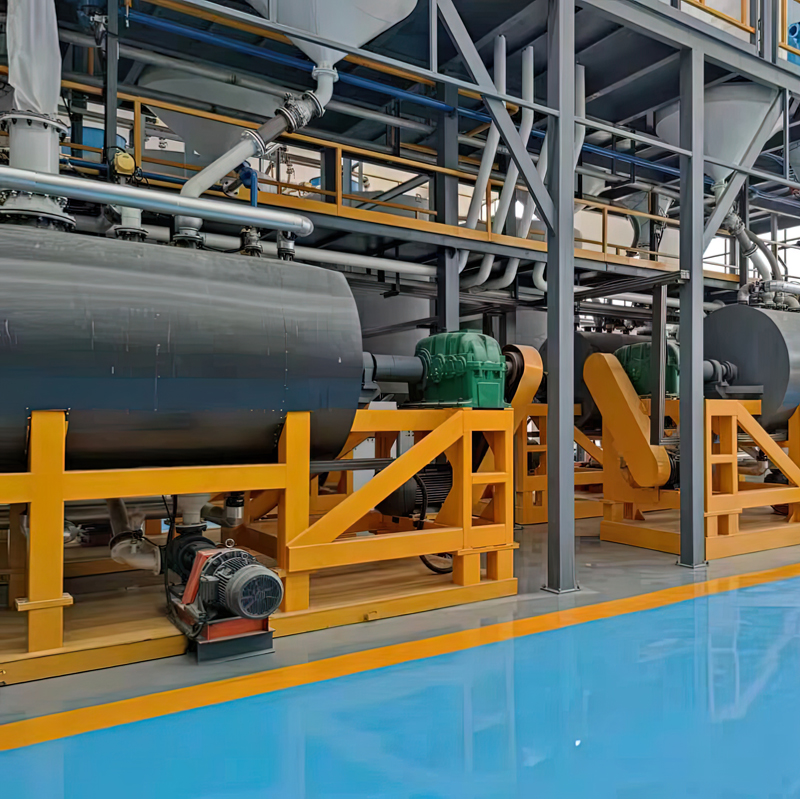

 Tel
Tel
 Email
Email
 Address
Address










